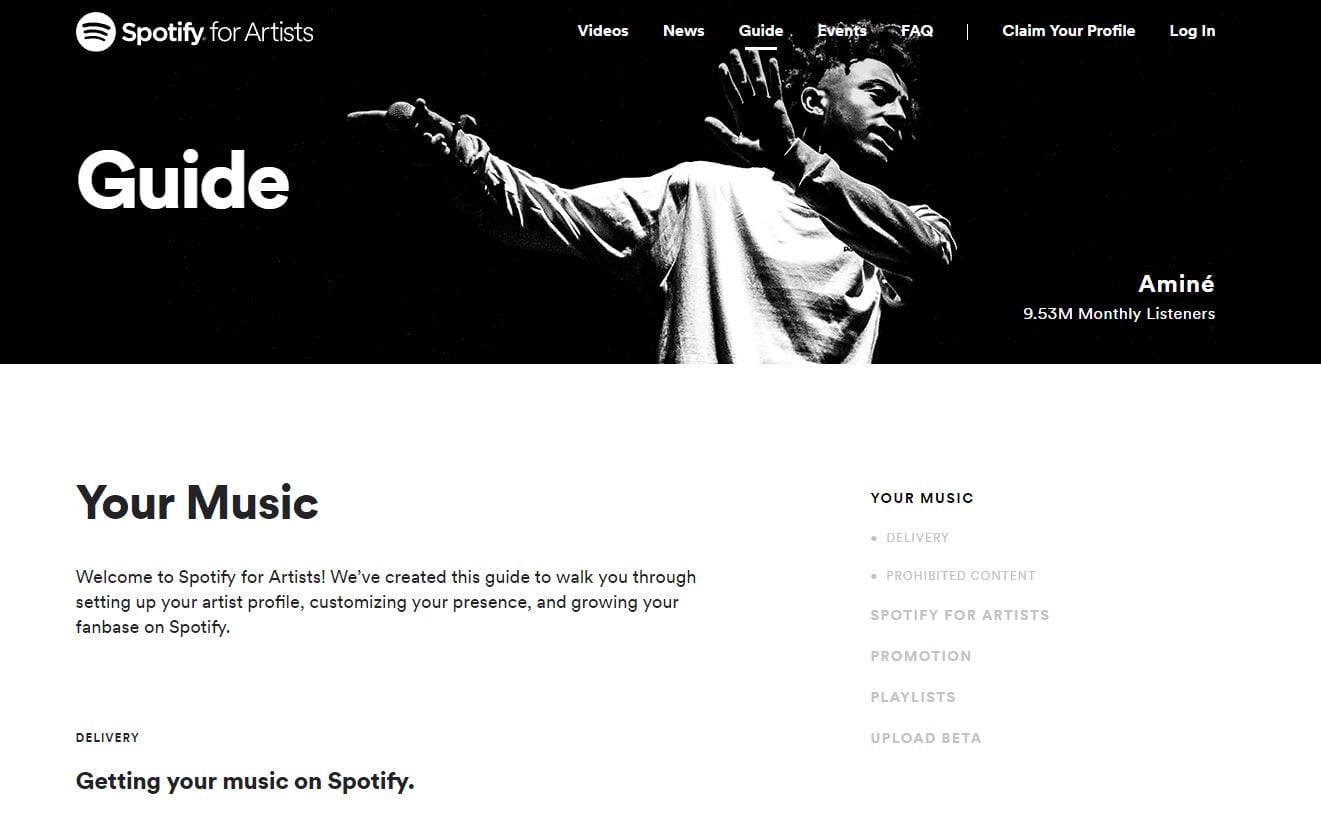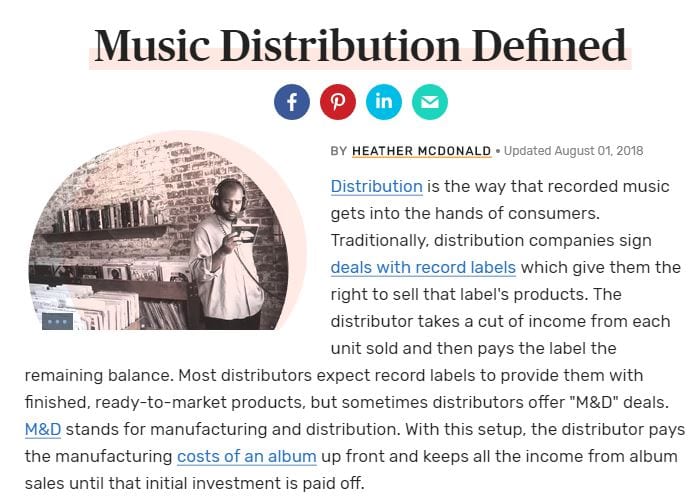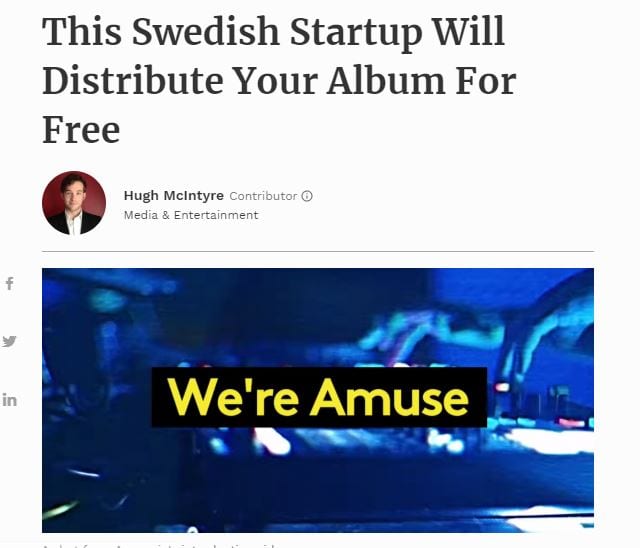Read the attached articles: re distribution and marketing.
- Take some ideas from these articles and use them to respond to the questions.
- Why not create your own ideas too?
- We are presuming you have already found a record label who has taken the performer on to their books.
- Now you adopt the identity of distributors & marketers, and have to get the record out to the target audience. How will you do this?
Distribution is the way that recorded music gets into the hands of consumers. Traditionally, distribution companies sign deals with record labels which give them the right to sell that label’s products. The distributor takes a cut of income from each unit sold and then pays the label the remaining balance.
Digital distribution is a service by which music and/or video content is being distributed via the Internet in digital format to various online music services (download stores and streaming services) which then exploit downloads and/or streams of this music for any sort of portable music devices and computer used by consumers. Where a traditional physical distributor would ship out your physical albums to stores, EPM Music distributes digital copies of your music to various music services such as iTunes, Rhapsody, Napster, AmazonMP3, eMusic, Zune, LastFM, Spotify, etc.
Please note certain major online music services such as iTunes, Play.com and Spotify require artists and labels to use a digital distributor such as EPM Music to make their music and video available in their stores.
Remember, the real money now lies in live performance – the revenue in streaming is usually not sufficient to keep a band afloat – it needs to be performing to raise revenue from tickets sales and merchandise.
Some of the first avenues you should consider are:
- Order CDs.
- Distribute album to online stores and streaming services.
- Sign up for any/all social media accounts.
- Tell everyone you know and submit for airplay.
ARTICLES AND WEBSITES TO READ
Independent distributors who will get my music out there on Spotify?
How to find a record label?
What is music distribution and how has the traditional distribution model been disrupted by technology?
A new online technology that might disrupt music production (mastering)
 Some surprising ways in which music is distributed in order to create buzz online
Some surprising ways in which music is distributed in order to create buzz online





